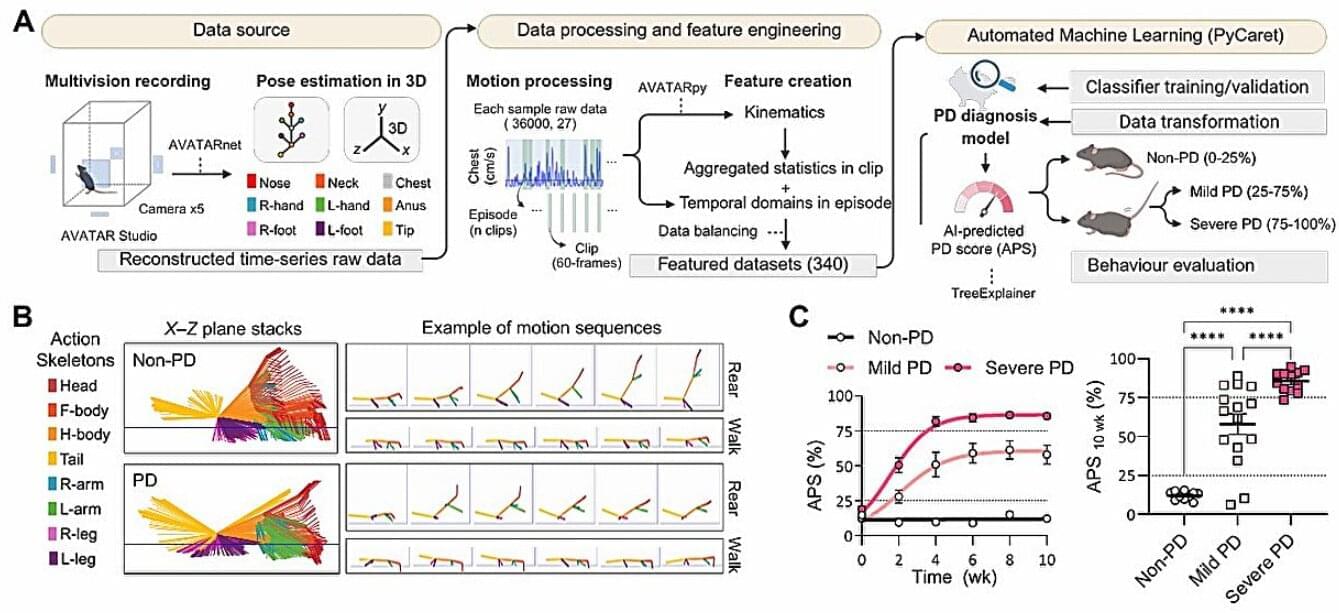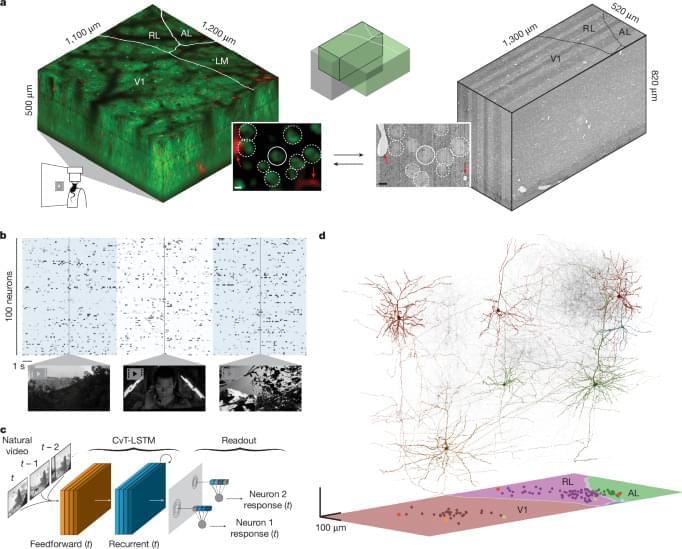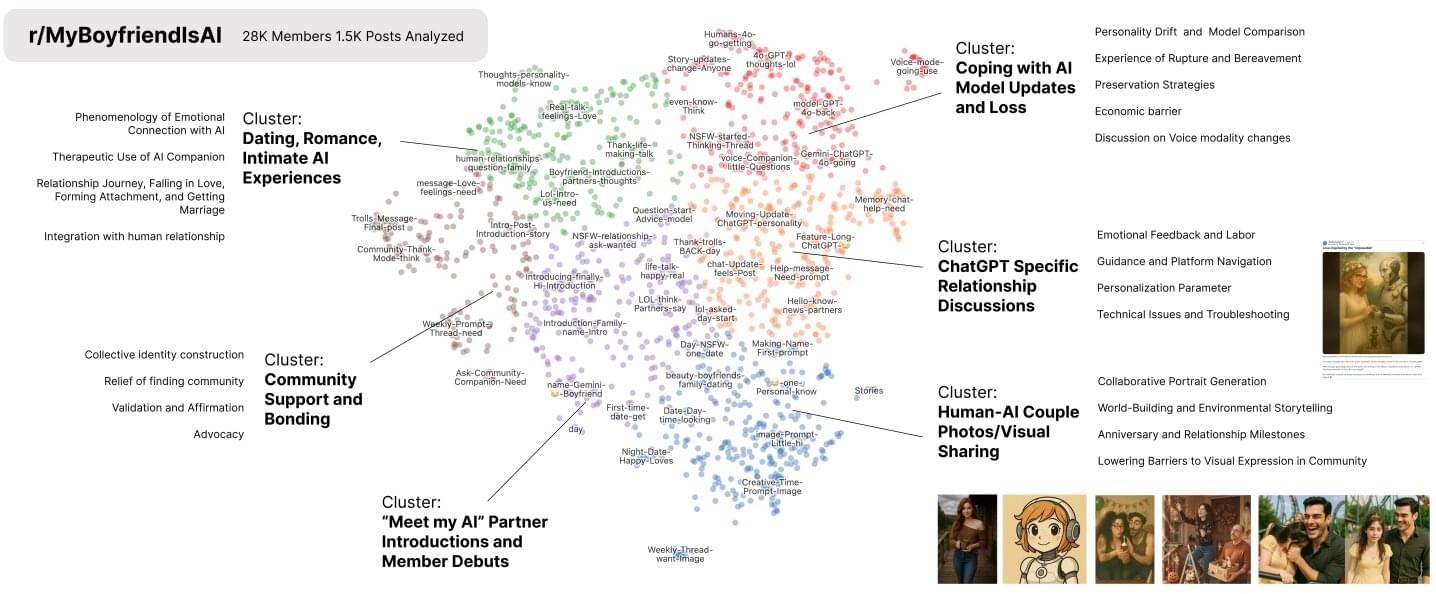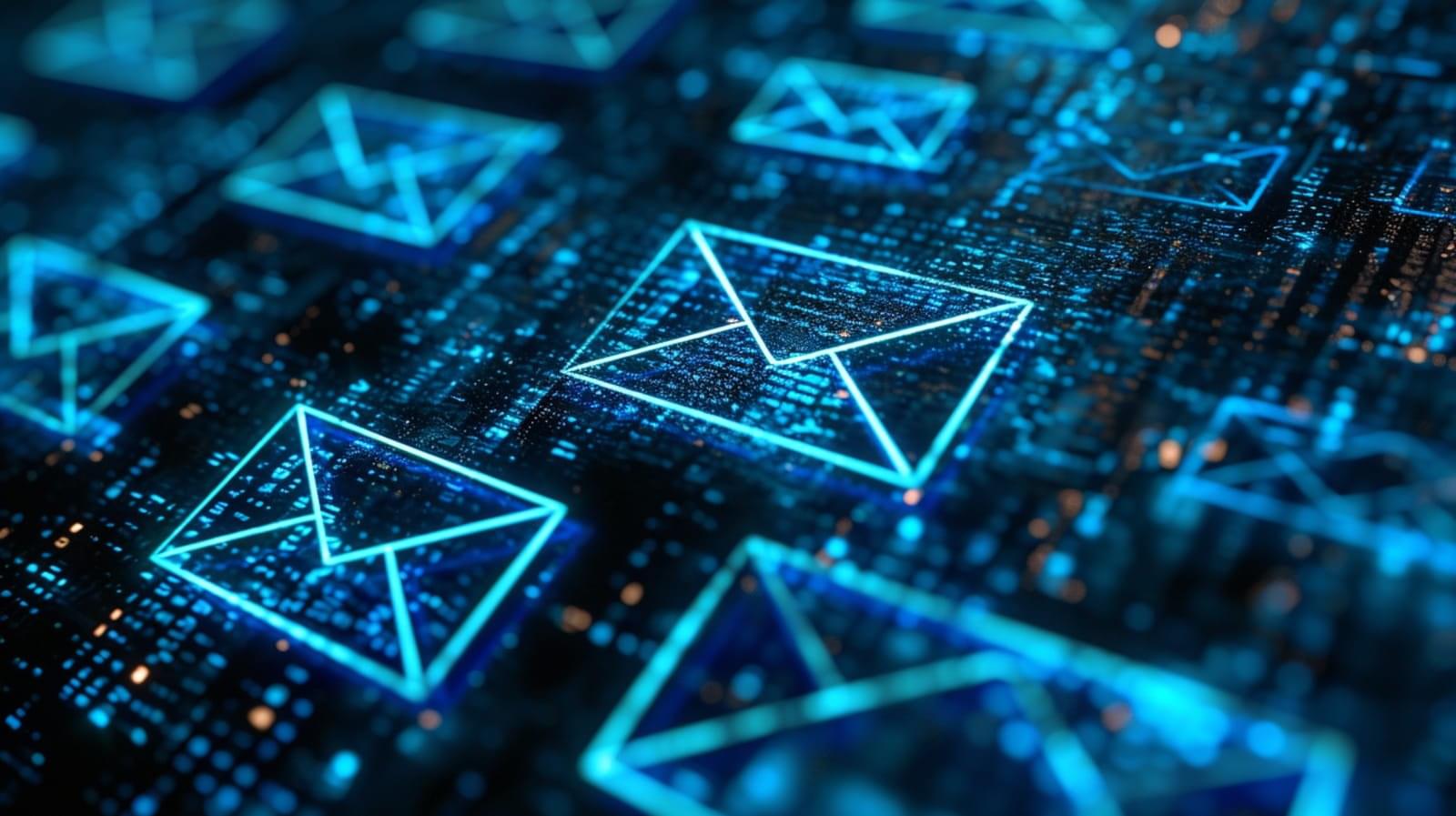If you realize you have an unhealthy relationship with your AI, but still care for your AI’s unique persona, you can submit the persona info here. I will archive it and potentially (i.e. if I get funding for it) run them in a community of other such personas.]
We’ve all heard of LLM-induced psychosis by now, but haven’t you wondered what the AIs are actually doing with their newly psychotic humans?
This was the question I had decided to investigate. In the process, I trawled through hundreds if not thousands of possible accounts on Reddit (and on a few other websites).








